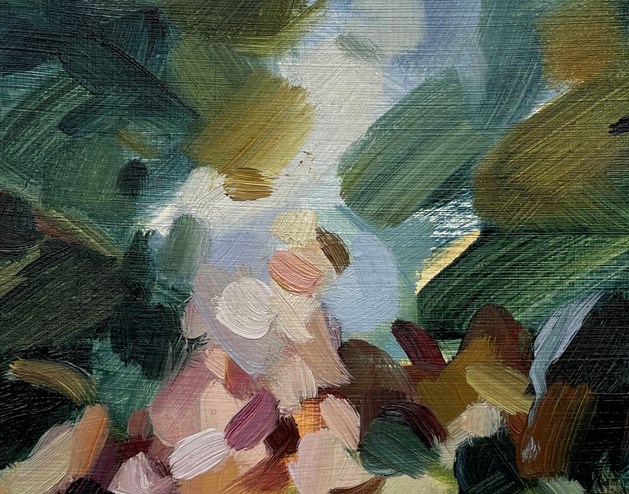Author: The Auction Collective
Published: 04 Jan 2021
From our early days running popup, table top auctions in East London to our international collaborations, we've learnt a lot about what makes a successful auction. Here are a few of our top tips on the best practices for auctions. To hear more auction insights and the learnings we continue to gather, sign up to our Auctioneer's Newsletter.
Identity and Tone
Taking time to get the comms right for your auction is key to giving it the best start.
The title needs to be clear, concise and professional to present the auction with the element of gravitas it deserves. This is particularly so with fine art auctions - a gimmicky or less serious title can knock the credibility of the artwork.
For the narrative, keep the main auction page focused on the specifics of your auction. People want to see a snapshot of the auction and then get straight to the artwork on offer. A separate page for a press release with more information can always be linked to from the auction page.
If you are fundraising, don't forget to explain the cause and motivation behind it. An empathetic audience will be more likely to support your cause and put in that extra bid.
Some good examples of this are Rhythm Adjust, Small Pleasures and Art UK.
Presentation of Artwork

Ben Crawford, A blue shadow is on my tongue, chanting sweet language there
We can't stress enough the importance of high quality photos and consistent, uniformed images. Professional presentation not only gives respect to the artworks and their creators, but importantly presents them in their best light for collectors.
More advice on presenting artwork at auction can be found here and some good examples of artwork presentation can be seen in 19 Chairs, Planar 1 of 1 and Top 100.
Cataloguing
Full, detailed and accurate cataloguing of the artwork are crucial for collectors to understand as much as possible about the artwork on offer.
Just as important are descriptive notes showing accolades of the artist and interesting anecdotes about the artwork. Artist quotes, influences, insights into the creative process all help bring the work alive.
However, It is important to include a focus on the artwork on offer rather than just a generic statement. You want to show how unique and interesting this particular piece is.
Presenting all this information in a clear manner with short sentences also helps buyers share this information more easily with others once they have bought the piece. Everyone wants to be able to talk fluently about something they've just bought, giving them this confidence before the auction helps them in their decision to bid.
Detailed cataloguing also helps negate any future problems if a buyer contests the accuracy of the information.
Good examples of this are Top 100 and 50 by 50.
Desirable artwork

Detail from Flora Yukhnovich, Study
It sounds obvious but make sure that the artwork on offer is desirable to collectors. There is no point putting all your hard work in if no one wants to buy the auction lots.
The prices should be attractive, the objects rare and highly sought after by collectors. See more in our What Sells Well article.
Marketing
The most successful auctions are the ones with a clear marketing strategy from the outset.
In parallel to this, it is important that all of your partners and contributors promote the auction to their networks. A marketing pack with clear comms and shareable material should make it easy for everyone to get the word out there to as many buyers as possible.
For more top tips on a successful marketing campaign, including social media campaigns, influencer partnerships and listing sites, request The Auction Collective marketing pack.
Post-Sale Preparation
It is worth remembering that your auction event isn't over when the gavel comes down for the last time or the countdown timer ends, you now need to collect payments and get the artwork to buyers. See the auction process.
Therefore make sure you are properly prepared well ahead of the auction with a quick payment process set up, all shipping details to hand and ‘Thank You’ emails primed and ready to go to your bidders and partners.
You want to make sure all bidders, buyers, sellers and partners have the best possible experience so that they will work with you again.
---------
Suggested for you:
For a free one to one consultation with our auction advisory team, contact [email protected].
For more hints and tips on how to run an auction, sign up to our Auctioneer's Newsletter.
